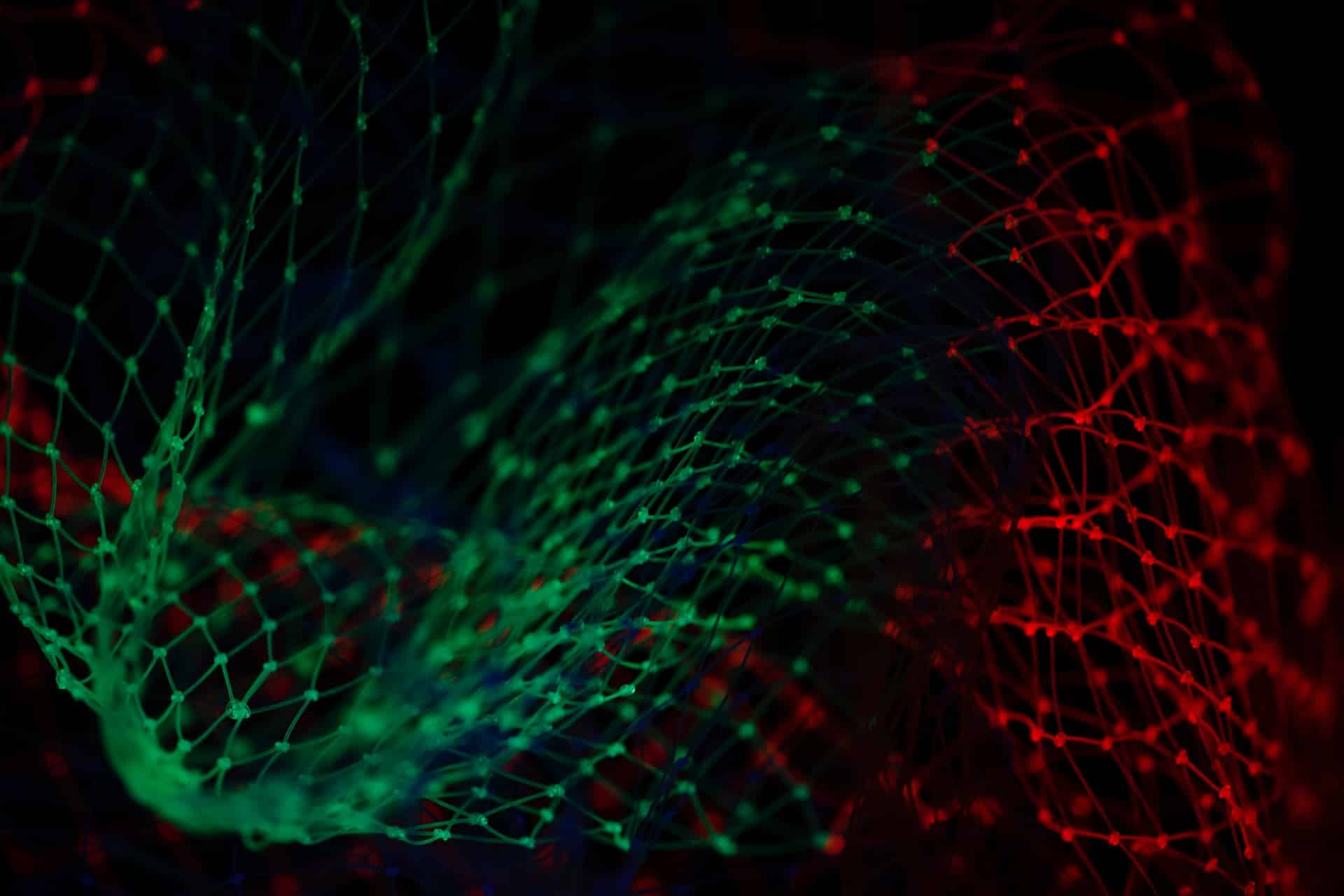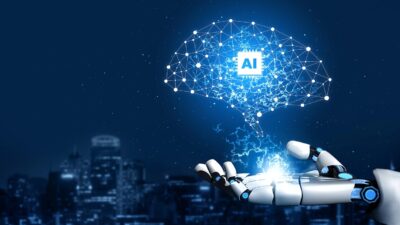From your smartphone camera to self-driving cars, computer vision is the secret sauce, empowering machines to see and understand the visual world around us. Computer vision has quickly moved from the realm of science fiction to a game-changing reality.
As images, videos, and other visual data proliferate, computer vision unlocks the immense potential. However, with this promise come significant challenges. Join us as we delve into the capabilities, challenges, and future of this emerging technology.
Understanding the Computer Vision
Computer vision is a field of AI that allows machines to understand and analyze visual data. A recent survey showed that almost 40% of US retail directors use computer vision solutions for their operations. As this technology continues to evolve rapidly, it’s becoming an integral part of making informed decisions in various industries.
But how does it work? In simple words, it tries to mimic the human brain’s ability to recognize and process patterns in visual data. Computer vision solutions perform complex processing on the imagery. They pinpoint hidden abnormalities, track subtle changes over time, and categorize scenes and objects. This analysis uncovers valuable findings not visible to the human eye.
The result? AI systems can make more informed, efficient, and objective decisions based on data. This augmented intelligence offers breakthrough advances in accuracy, speed, and customization. Next, we’ll look at how to implement it in business and where it’s already being used successfully.
Top 6 Steps to Implement Computer Vision in Your Business
Implementing computer vision to extract value from visual data requires strategic planning. Here are essential steps to turn images into meaningful insights:
- Defining the problem. Deciding on the specific tasks and desired outcomes will set the trajectory of your project. Is it about detecting product defects or categorizing diverse content? This step is crucial, from laying down the initial data parameters in the model, to setting the stage for what follows.
- Data annotation. Here, the human element becomes paramount. Selecting skilled annotators is the most important step. Expert annotators meticulously label visual data, and it ensures the creation of high-quality training examples. Such datasets are vital for the success of your computer vision models.
- Selecting the algorithm. Choose an algorithm that aligns with the complexities of your data and your analytical needs. Balance the trade-offs between the precision required and the computational load. It involves weighing precision against computational load, much like discerning the true relationship in ML data.
- Choosing the tools. Tool selection in computer vision can be likened to the specification of your model. The choice of frameworks and libraries sets the boundaries of what the system can learn and perceive, much like how models are constrained by their initial specifications.
- Validating your model. In this phase, you have to test the model with new data. It’s about ensuring that the computer vision model doesn’t merely reflect the training data, but can adapt and learn from new data.
- Maintaining the model. Continuous maintenance of a computer vision model is about ensuring the effectiveness of its workflow. As new data flows, the model must evolve, reflecting the dynamic nature of both visual data and human behaviors, much like the ever-changing patterns in ML datasets.
In summary, the implementation of computer vision is a continuous process of refinement and evolution. While taking the proactive approach will help enhance the value of visual data for your project.
Machine Vision in Action: The Most Common Real-World Applications
Nowadays, more and more industries are implementing machine vision solutions to improve processes. Let’s take a quick tour of these industries to see how they use computer vision:
- Healthcare. Machine vision allows for more accurate diagnostics by automatically detecting abnormalities in images. It also provides continuous, non-invasive monitoring of a patient’s condition by visually identifying their biometric data. Personalized treatment becomes possible.
- Manufacturing. In this industry, computer vision is used to detect microscopic defects in products. It’s possible due to optimizing supply chains through early intervention. Robots are also gaining advanced capabilities to automate tasks. They are based on visual perception of the environment and guidance.
- Retail. Imagine a world where every product on the shelves winks at the cameras, telling their story. Machine vision in retail sorts through products, understanding customer behavior, and reshaping store layouts. It offers tailored, more precise recommendations.
- Smart cities. In smart cities, machine vision inspects and nurtures the urban landscape. The cameras adjust their perception based on occupancy, traffic, and time, ensuring the city breathes and lives efficiently.
- Transportation. In transportation, machine vision propels the dream of self-driving vehicles, interpreting roads and obstacles in real-time. It’s about ensuring that the visual feed translates into safe, fluid traffic and smart decision-making.
- Security. In this area, computer vision plays a key role in improving surveillance. CV significantly minimizes risks while providing a reliable level of protection. It’s made thanks to intelligent anomaly detection and advanced face recognition technologies.
- Scientific research. In fields like medical imaging, computer vision systems comb through data for accurate diagnoses. This meticulous analysis parallels the need to navigate specification and measurement bias, ensuring that every detail is observed and understood in its truest form.
We see that machine vision technology continues to advance. Thus, it is poised to revolutionize even more aspects of our lives. From the way we interact with technology to the way we manage our resources and protect the environment.

Wrapping Up
As we have seen, computer vision opens up new opportunities for better choices in a variety of industries and applications. AI’s ability to understand visual data is delivering transformative benefits. However, careful planning, implementation, and support are essential. Partners who provide experienced guidance through this computer vision process can accelerate success.
This technology promises a future enriched with visual intelligence in ways we can only imagine today. Diseases will be detected faster than ever before imagined. Optimal allocation of resources before shortages occur. And this is just the surface of the useful potential. We must responsibly develop computer vision side by side with human values. This symbiotic partnership opens up opportunities for discovery.




